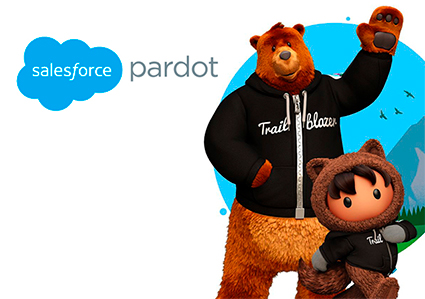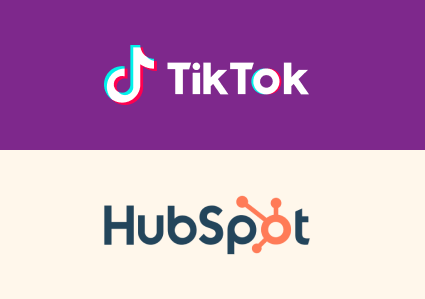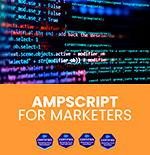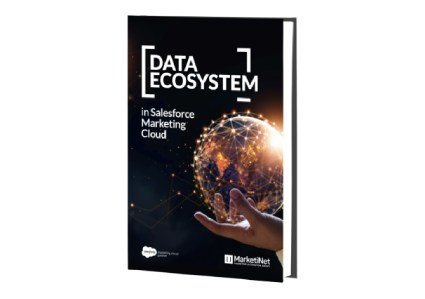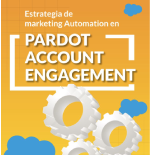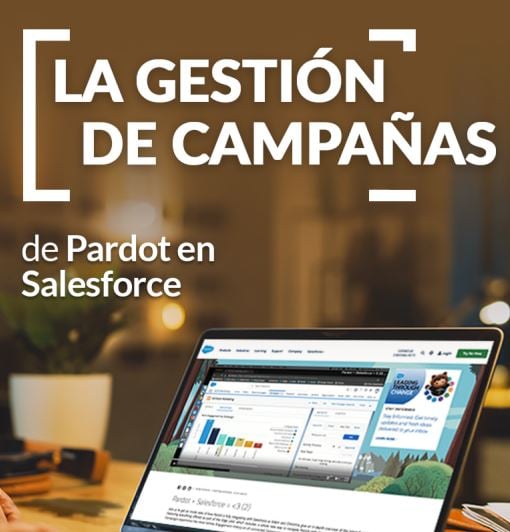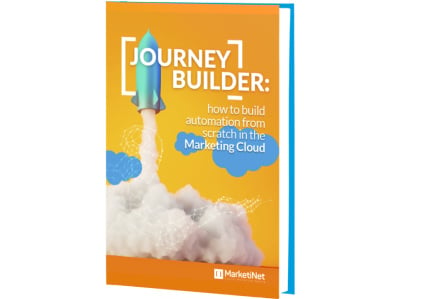Nowadays, with WhatsApp in Marketing Cloud, communications with customers can be more fluid, personalized and better adapted to the customer’s needs. And, like other channels, WhatsApp also offers different types of messages that we can use to get in touch with our customers.
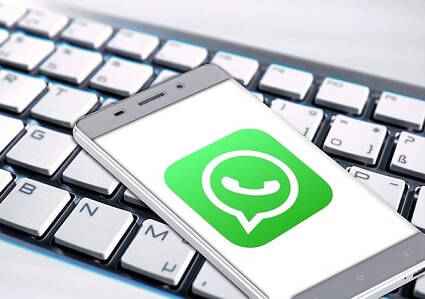
The usefulness of WhatsApp for Marketing Cloud
The use of WhatsApp in Digital Marketing is having great impact, especially for the after-sales field. The idea of implementing WhatsApp in Marketing Cloud is to allow a new personalized experience, in addition to expanding omnichannel possibilities.
A very important aspect to consider when starting communications via WhatsApp is the client’s consent. By dividing this consent into categories, we can better differentiate the type of communications that we will be sending by this channel. This will allow us to analyze the clients’ availability to receive this type of messages and to clearly communicate the message.
There are different types of messages that we can send via WhatsApp. In this case, we are talking about transactional and promotional messages. For these types of communications, the content of the template must be previously validated by WhatsApp. We can add this type of communication within a Journey Builder as part of a journey to encourage customer purchase, offer discounts, and so on. Additionally, with transactional messages we can indicate tracking of orders, deliveries, etc.
And not only that. The client can also initiate messages, and these do not need to be previously approved, since they can beanswered freely.
WhatsApp adds value to Marketing Cloud by offering a secure and immediate connection. With it, we also have the additional option of this communication channel, all created on the same Marketing Cloud platform with a single database.
{{cta(‘32077596-434b-469d-a88b-340b2c08f13e’,’justifycenter’)}}
How to connect WhatsApp with Marketing Cloud?
In order to connect with Meta and, therefore, with WhatsApp, we must have a WhatsApp Business account and a phone number. From there, we will have to enter Salesforce Marketing Cloud and go to Mobile Studio, select WhatsApp and ‘Add account’.
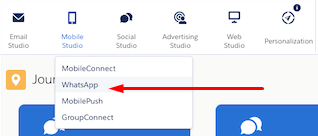
Once we have installed this channel, accessing it will take us directly to Meta. There we can create message templates by choosing the name and language, and we can generate the header, text, image and even the location. We can also set customization variables to create a preview. Afterwards, if we go back to Marketing Cloud, we will have all the templates created in the Content Builder area.
Now, let’s get to the important thing: to send WhatsApp template messages we will have to create a new journey in Journey Builder, configure the input source and select WhatsApp messaging. We manage it by clicking on the icon, then we give it a name, a description and select the message on the Content Builder Messages screen (which is where our templates are located). Next, we modify if necessary… and that’s it, we configure the rest of the route.
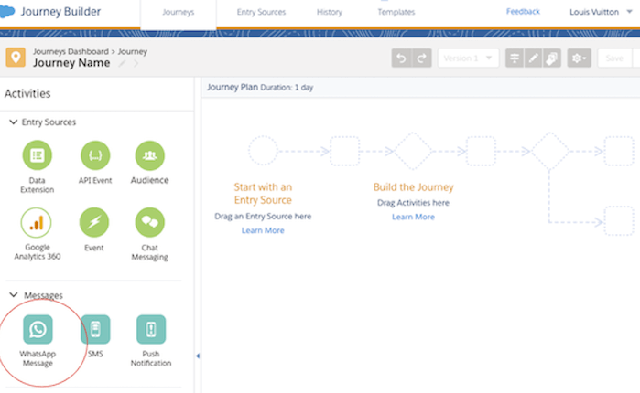
WhatsApp, an ideal channel to improve the customer experience in Marketing Cloud
With this new alliance between Meta and Marketing Cloud, in addition to having another channel that we can use to reach our clients, we have the option of being closer to them (personalizing messages as we do with other channels within the tool) and resolving concerns . And the best thing is that we can do everything within Marketing Cloud and with the same database.
If you liked this article, you might also be interested in:


